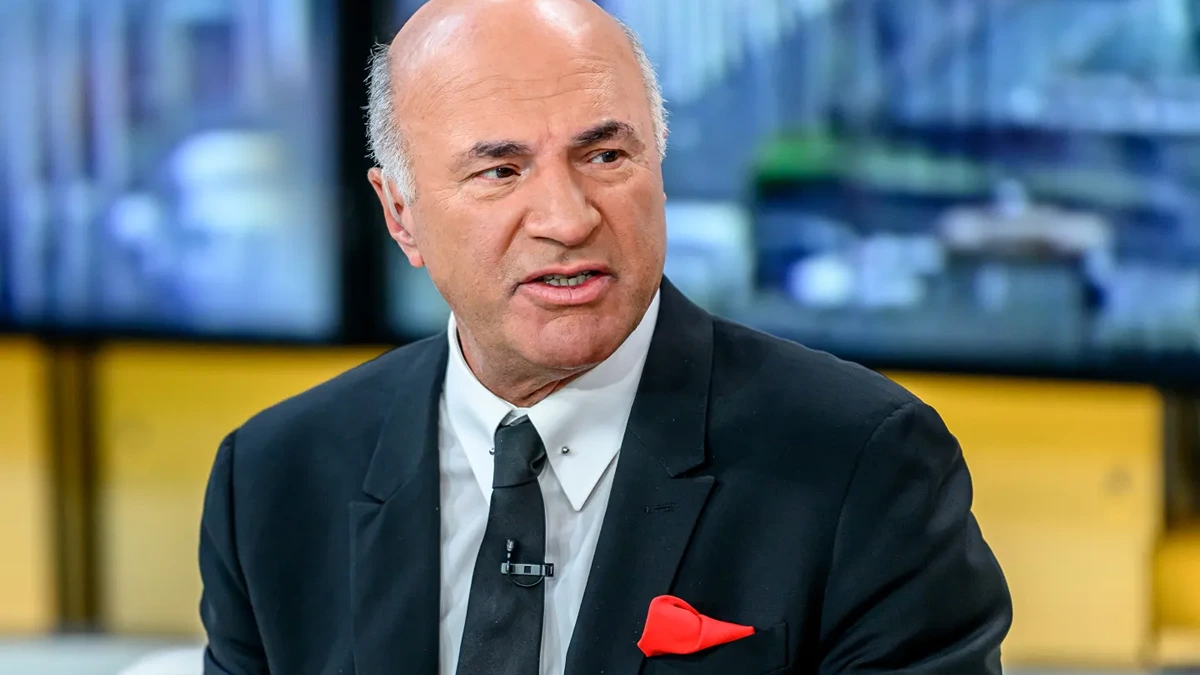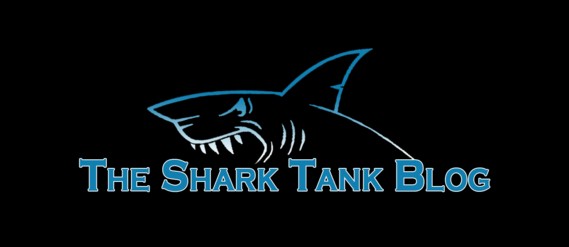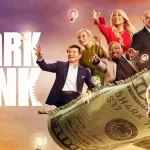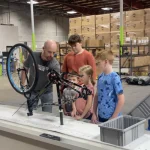
In one of the recent interviews with Benzinga, Shark Tank’s seasoned investor Kevin O’Leary gave a warning to the startups. He mentioned that talent is not cheap, while tools are.
While access to technology has become easier in today’s era than ever, O’Leary states, it is killing most of the new ventures. They are underinvesting in a skilled creative workforce, people who can make use of those tools well.
Here’s a breakdown of what he means, why it matters now, and how founders can avoid falling into this trap.
Tools vs. Talent: Why O’Leary Thinks Founders Are Misallocating Resources
In the Benzinga article, O’Leary points out that the cost of cameras, editing apps, and digital tools has dramatically collapsed. As he says:
“You can make professional content with your phone … the cost of technology has collapsed.”
However, he differentiates that with the cost of talent, the people who can use the tools have ascended. Content creators, videographers, and graphic designers now command premium rates.
Kevin states that creative roles used to get payouts like $50,000; now, most of them in those roles expect $200,000. This switch reflects how content is the king in today’s era.
O’Leary warns that if startups cling to underpaid or amateur content or over-rely on automated tools, they’ll lose. The output will feel generic, templated, or uninspired, and that’s closer to being invisible than competitive. In his view, you either “bring in a partner obsessed with content, or give someone equity” to make the commitment real.
In short:
- Tools are now democratized; anyone can access them.
- But experience, craft, storytelling, creative vision—those remain rare and expensive.
- Underinvesting in the human side of content is a strategic misstep.
Why This Advice Hits Hard in 2025
This is a very critical moment. Content is the backbone of growth, customer acquisition, and customer engagement. As algorithm-driven platforms favor authentic content along with creativity.
Here are some shifts making O’Leary’s warning especially relevant today:
- Overabundance of content: With almost all startups producing videos, reels, blogs, ads, etc., standing out is harder than ever. The difference is now creativity, not just frequency.
- AI & automation hype: Tools like automatic video editors, generative image models, and social media schedulers make it tempting to skip human effort. But AI works best when guided; without strong creative direction, outputs appear soulless.
- Attention as currency: As user attention becomes scarcer, quality matters more than quantity. A mediocre video wastes more brand equity than no video at all.
- Platform expectations: Algorithms increasingly reward high retention, engagement, and brand voice. That demands frictionless, emotionally resonant content—something only good creators can deliver.
So O’Leary’s point is that in 2025, neglecting content talent isn’t just a cost-cutting—it’s strategic self-sabotage.
The cost of cameras, editing apps, and software has collapsed. You can make professional content with your phone.
But here’s the dilemma, the cost of talent who actually know how to use these tools has skyrocketed. Editors that used to cost $50,000 now want $200,000. That’s why… pic.twitter.com/cJP5dUcIH0
— Kevin O’Leary aka Mr. Wonderful (@kevinolearytv) October 12, 2025
Real-World Pitfalls: When Founders Skimp on Talent
Let’s illustrate how this mistake plays out in practice.
1. Generic Branding That Blends In
A startup might hire a low-cost editor or use templates. The resulting video is polished but generic—nothing that distinguishes brand voice. Over time, viewers stop noticing it.
2. Inconsistent Tone & Messaging
Without a dedicated content lead, messaging can drift. One social post is serious, the next is goofy, then promotional. Inconsistency signals a lack of direction to customers.
3. Burnout Among Founders
When founders themselves struggle to produce content on top of all other duties, quality suffers. Videos are delayed, shortcuts are taken, and storytelling becomes superficial.
4. Low Return on Ad Spend
Poor content undercuts paid media. You may spend on ads, but if your landing page video or social clips are bland, click-throughs and conversions suffer. The investment in media leaks.
How to Shift to Talent-First
Given Kevin’s warning, how can founders rebalance their budget strategies? Here are some concrete steps:
1. Prioritize Key Creative Hires
Instead of spreading your budget across dozens of tools, allocate a portion of your capital to bring on one strong content lead or creator early. That person becomes your brand voice and gatekeeper.
2. Use Equity In Lieu of Cash
If you can’t afford full salaries, offer equity to content partners or creators willing to go all in. O’Leary explicitly says: give someone equity if you can’t fully pay
3. Reserve Tool Budget, Do Not Substitute It
You still need tools (camera, editing suite, distribution), but treat them as enablers for your creative team—not as replacements.
4. Build a Content Engine, Not a Campaign
Think long term. Hire or partner with creators who can produce episodic content (e.g., weekly video series, stories) rather than just ad bursts. Over time, your content becomes owned media.
5. Foster Creative Ownership
Let your content lead its own strategy, calendar, storytelling, and experimentation. If they only execute orders, you lose creative spark.
6. Blend Creator Types
Combine in-house creators (brand-immersed) with specialists (motion graphics, animation) to scale without diluting creativity.
7. Track Creative ROI
Measure not just clicks but deep metrics: retention, replays, audience feedback. Adjust based on what resonates—not what’s cheapest to produce.
Why Many Ignore This Mistake
Despite its importance, many founders still underrate content. Some reasons:
- Familiar bias: We see tools, GUI dashboards, SaaS subscriptions—those feel quantifiable. Creative talent feels ambiguous.
- Short-term pressure: Founders often prioritize product, engineering, and sales over branding in early days.
- Misconception of DIY: With so many creators online, it’s tempting to think you can just DIY content and be fine. But amateur effort rarely competes well.
- Underestimating brand stamina: As companies scale, content needs compound. If you don’t build creative foundations early, you lag permanently.
In his message, O’Leary is forcing a wake-up call: the “hidden mistake” of undervaluing talent is what kills many startups after round one.
Examples That Echo O’Leary’s Warning
- Food / CPG Founders who scale on aesthetics: Brands that live or die by Instagram know that one beautiful video can outperform millions spent on tools.
- Tech startups in crowded categories: If product features converge, differentiation often lies in storytelling and content. The startup with the better narrative often wins.
- Niche passion brands: In deeply niche markets (e.g., adventurers, wellness), community growth depends on content that resonates. Underinvesting in creators will suffocate growth.
Conclusion
Kevin O’Leary’s insight that “talent costs more than tools” is more than a quip—it’s a strategic lens for 2025 entrepreneurs. The democratization of creation tools means what used to be a competitive advantage—basic video production—is now baseline.
Invest in creators. Elevate storytelling. Use tools—but don’t get seduced by them. The invisible misallocation of resources toward tools instead of talent is the mistake that quietly kills many otherwise promising startups. Kevin O’Leary’s message is blunt and timely: if you don’t fix it, you may be next on the chopping block.




















